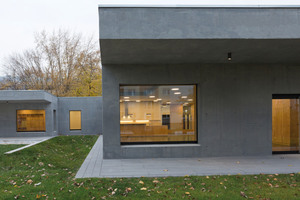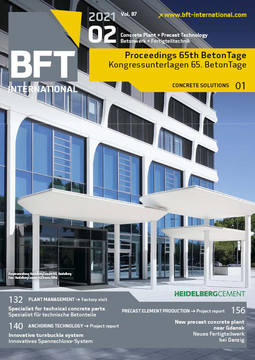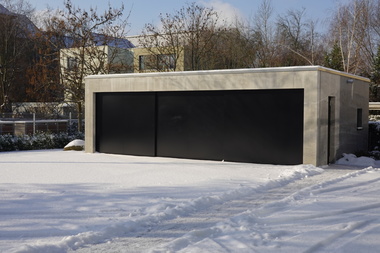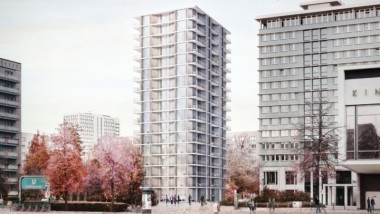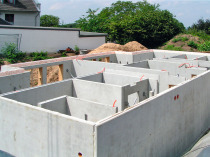State-of-the-art construction with infra-lightweight concrete
Thermal characteristics (particularly heat insulation) are increasingly being considered in building construction. A building’s total energy consumption during its life cycle comprises its construction, maintenance, heating and cooling, lighting, electrical installations, and dismantling and demolition. The newly adopted Energieeinsparverordnung (EnEV; Energy Saving Regulation) should reduce the high proportion of energy consumed by heating and cooling. As a result, aspects related to thermal insulation are no longer only of relevance to the design of new buildings, but also to the subsequent retrofit and energy efficiency upgrade of existing building stock.
The building envelope needs to comply with the EnEV requirements, ensuring low energy consumption levels during its use. In addition, the construction material used should generate hardly any cost and CO2 emissions (from maintenance, repair, refurbishment etc.) during its entire life cycle and be easy to recycle at the end of its service life.
Infra-lightweight concrete allows for simple and robust construction that adds cultural value at the same time. Its low unit weight of less than 800 kg/m³ results in favorable thermal characteristics that make it possible to design a monolithic envelope consisting of a material that is both load-bearing and insulating. Its rapid carbonation means that a significant proportion of the CO2 released during cement production through deacidification is reabsorbed over its useful life. Another advantage this material brings about is that any offsets, loggias, balconies, and flat roofs integrated in the envelope on different levels need no longer be decoupled from the structural core. This principle greatly simplifies the design and construction process while again allowing for complex architectural concrete layouts and moving away from the uniform architecture seen almost everywhere. In this regard, infra-lightweight concrete provides a promising alternative to conventional wall systems in terms of its economic, environmental and sociocultural benefits.

